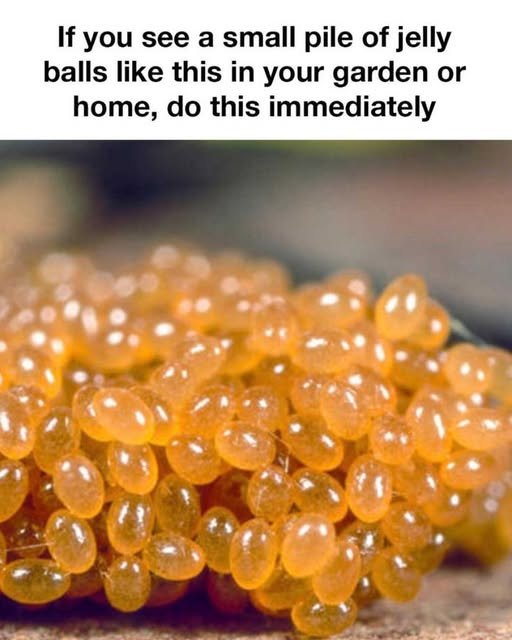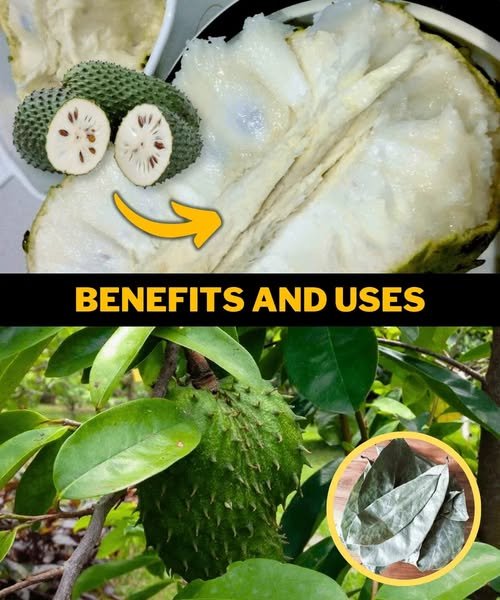Onions are an essential ingredient in many kitchens worldwide, and growing your own onions at home can be a rewarding and cost-effective endeavor. While traditional gardening methods involve planting onions in soil, there’s an easier and more space-efficient way to grow them: using plastic bottles. Not only is this method environmentally friendly, but it also allows you to harvest fresh onions continuously throughout the year, all from the comfort of your home or balcony.
Why Grow Onions in Plastic Bottles?
Growing onions in plastic bottles is an excellent way to maximize space, especially if you have limited gardening space or live in an apartment with a small balcony. It’s an incredibly simple and low-cost solution that requires minimal maintenance. Using plastic bottles helps reduce waste, as you can repurpose items that would otherwise end up in the trash. The compact design of the plastic bottle also makes it easy to move the plants around, providing you with flexibility in terms of location.
This method allows you to grow green onions (scallions), which are the most common variety grown in containers. Green onions are ideal for this type of system because they don’t require deep soil, and they can be harvested in stages, ensuring a continuous supply of fresh onions.
Materials You’ll Need
To get started, you’ll need a few simple materials:
- Plastic bottles: Choose bottles that are at least 2-3 liters in size. Larger bottles provide more space for the roots to grow and give your onions more room to thrive.
- Scissors or a knife: For cutting the plastic bottles.
- Potting soil: Well-draining soil is essential for healthy onion growth.
Green onion seeds or sets: You can grow onions from seeds, but using sets (small onion bulbs) or green onion stalks is quicker and easier.
- Water: A consistent supply of water is vital for onion growth.
- A drill or nail: To create drainage holes at the bottom of the bottle.
Step 1: Prepare the Plastic Bottles
The first step is to prepare the plastic bottles. You’ll want to cut the bottles in half horizontally, leaving about 3-4 inches at the bottom for the soil. This allows the roots plenty of space to grow. Alternatively, you can cut a few small holes near the base of the bottle for drainage, ensuring the water doesn’t collect at the bottom and cause root rot.
Next, drill or poke a few drainage holes in the bottom of the bottle to allow excess water to escape. This is crucial, as onions do not like standing water around their roots. If the water accumulates, it can lead to disease and hinder the growth of your onions.
Step 2: Add Potting Soil
Once your plastic bottles are prepared, fill them with well-draining potting soil. You don’t need to fill the bottles completely, as onions don’t need deep soil to grow. However, make sure there’s enough soil to accommodate the roots of the onion plants. Gently press the soil down to eliminate any large air pockets, ensuring good root contact.
Onions are relatively low-maintenance in terms of soil requirements, but they do prefer slightly acidic to neutral soil. A standard potting mix is sufficient, but you can add a small amount of compost to enhance the soil’s nutrient content.
Step 3: Plant the Onion Sets or Seeds
You can plant onion sets (small onion bulbs) or green onion stalks in the bottles. If using onion sets, place them about 1-2 inches apart in the soil. Gently push them into the soil, leaving the tops exposed. For green onions, simply plant the cut ends (with roots) into the soil, leaving a small portion of the white stem exposed.
If you choose to plant from seeds, sow them about ¼ inch deep, and space them about 1 inch apart. Keep the soil moist but not soaking wet while waiting for the seeds to germinate, which should take about 7-10 days.
Step 4: Place the Bottles in a Sunny Location
Onions require full sunlight to grow well. Place your plastic bottles in a sunny location, such as a balcony, patio, or windowsill, where they can get at least 6-8 hours of sunlight a day. If growing indoors, make sure the plants get enough light, or use grow lights to supplement natural sunlight.
During the growing season, onions thrive in warm temperatures (ideally between 65-75°F or 18-24°C). Keep the bottles in a place where temperatures remain stable and avoid placing them in drafty areas.
Step 5: Water Regularly
Onions need consistent moisture to grow but don’t like their roots sitting in water. Water your plastic bottle planters whenever the soil feels dry to the touch. Be careful not to overwater, as onions don’t like soggy soil. It’s better to water thoroughly and then let the soil dry out slightly between waterings.
To make sure your onions have the best chance of thriving, water them in the morning so the soil can dry out during the day, preventing fungal diseases.
Step 6: Harvesting Green Onions
Green onions can be harvested as soon as they are large enough to use. Simply cut the stalks near the base, leaving the roots in the soil. This will allow the onions to continue growing, and you can harvest them again once the new shoots are tall enough. This process ensures a continuous supply of fresh green onions for your kitchen.
If you’re growing bulb onions, they will take a bit longer to mature. When the tops begin to yellow and fall over, it’s time to harvest. Gently pull the onions out of the bottle, and allow them to dry for a few days before storing them.
Step 7: Maintain and Replant
After harvesting your onions, you can leave the roots in the bottle, and the plants will often produce new shoots. You can continue harvesting onions for several months by cutting back the green shoots and allowing them to regrow. If you notice the soil becoming compacted or depleted of nutrients, you can replace it with fresh potting soil and replant new onion sets or stalks to keep the cycle going.
Benefits of Growing Onions in Plastic Bottles
- Space-efficient: Growing onions in plastic bottles takes up very little space, making it ideal for small spaces like balconies, patios, or windowsills.
- Continuous harvest: You can harvest fresh onions continuously by cutting the green shoots and letting them regrow.
- Low-maintenance: Growing onions in bottles requires minimal care and can thrive with little attention.
- Cost-effective: Plastic bottles are inexpensive or free, and you can reuse them to grow onions year after year.
Final Thoughts
Growing onions in plastic bottles is an easy, eco-friendly, and cost-effective way to enjoy fresh, homegrown onions year-round. Whether you have a large garden or live in an apartment, this method allows you to grow your own delicious onions with minimal space and effort. By following these simple steps, you can harvest onions continuously and add a fresh, flavorful touch to your meals without having to step outside your home.



